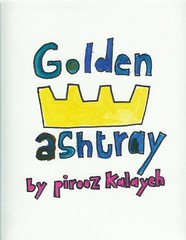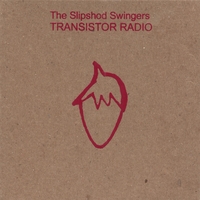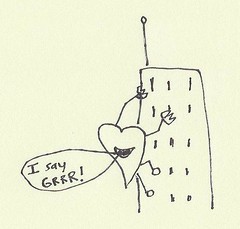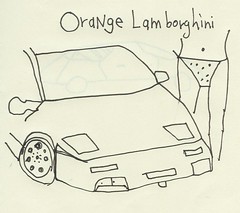

Last night I went with D. to a Korean hot bath. We went into the very hot tub, the hot-but-not-kill-you tub, the dry sauna at about 63 degrees Celsius (154 degrees Fahrenheit), and then the freezing ice tub.
I nearly died during the transition. All the muscles in my back froze up and I went limp.
"What are you an ARDISHI?" D joked, calling me "old man" in Korean.
"Yes," I replied.
"Come," he beckoned, and led me to the showers for a cleaning. "You will get used to it."
"It's really great."
"Yes," D. agreed. "Very good for the body. It doesn't feel too cold or too hot."
"Do routines like this help you?"
"No," D said, and then paused for a moment. "Yes, sometimes."
"I think I'll do this once a week."
"Good," D agreed. "Then you can go sit on Sundays."
"Can I practice alone too?"
"Yes," D. nodded. "Just pick a regular time everyday. Then start with 108 prostrations. Then sit for half and hour."
"I think I can do it every morning at 5."
"Okay," D smiled. "Just make sure it is a realistic goal. Many people say they will sit twice a day, but then this is too much, so they stop and feel bad and stop practicing. So pick something realistic for you."
"Okay."
After the hot tub, D. and and I drank beck-soju, ate peanuts, and talked about the proper way to sit meditation.
"There are three things to sitting Zen," D. told me. "Posture, breadth, and mind."
"Okay."
"When you sit," D pulled his leg in the half-lotus position, "You sit in half lotus or full lotus. You put your right hand under your left, and then let your fingers [thumbs] touch. Then you put it right below your navel, your mudra. So that when you breathe, your stomach comes out to touch your thumbs."
"Got it," I said, imitating the posture.
"Now sit straight up. Let your back go straight, put your shoulders back, and imagine your head is being pulled by a string, up! Good! Now relax. You are holding the posture, but not to hurt yourself. This is very important."
"Okay."
"Now when you breathe, breathe with your nose. Let the breadth come in and then out. Your stomach should cave in with the breadth and then back out. Just breathe naturally."
I took a couple breadths. Then D. explained MIND.
"Last thing is mind. You want to let the thoughts come. You are soft focusing on the ground. Thoughts will come and go. It is like a cloud. The more you think about the cloud, the longer it stays. But if you notice the cloud and let it go, the cloud will go away. It is this simple."
"All right."
"Sometimes there are tricks if it is difficult to let go of something. You can breathe in and say "doooon't," and then breathe "knooow" out. You can also count. Sometimes this is very hard. You have to remember the number. Sometimes you have to count again. But just count. No thinking. Just count. Pay attention to your breadth. This is it."
Later, D. and I talked about art and Zen. I told him how my writing and art had changed over time, and that I was worried that if I practiced regularly, I might not have a desire to do any."
"Clear mind is clear art," D laughed. "Unclear mind is unclear art."
"Mmmm," I nodded.
"It is this easy," he smiled. "Just do it."
"Why do you meditate?"
"For you," he smiled. "For you. This simple."
"Yes."
"Let me ask you, 'Why do you write?' "
"Um...I don't know."
"Good. This "don't know mind" is good. But ask this question: 'WHY DO I WRITE?' Also ask, 'WHO IS DOING THIS WRITING?' Do not use any words. "
"I will," I laughed. "Those are good quesitons."

[ I was very excited when D. agreed to printing our letters back and forth here. He was beautifully gracious. "Okay," he smiled. "If you want." ]
D.'s Recommended BOOKS AND AUTHORS:
1. The Mirror of Zen: The Classic Guide to Buddhist Practice by Zen Master
So Sahn
2. Bones of the Master by George Crane
3. Holidays in Hell by P. J. O'Rourke
4. I was also told to see the film, SEX AND LUCIA.












No comments:
Post a Comment